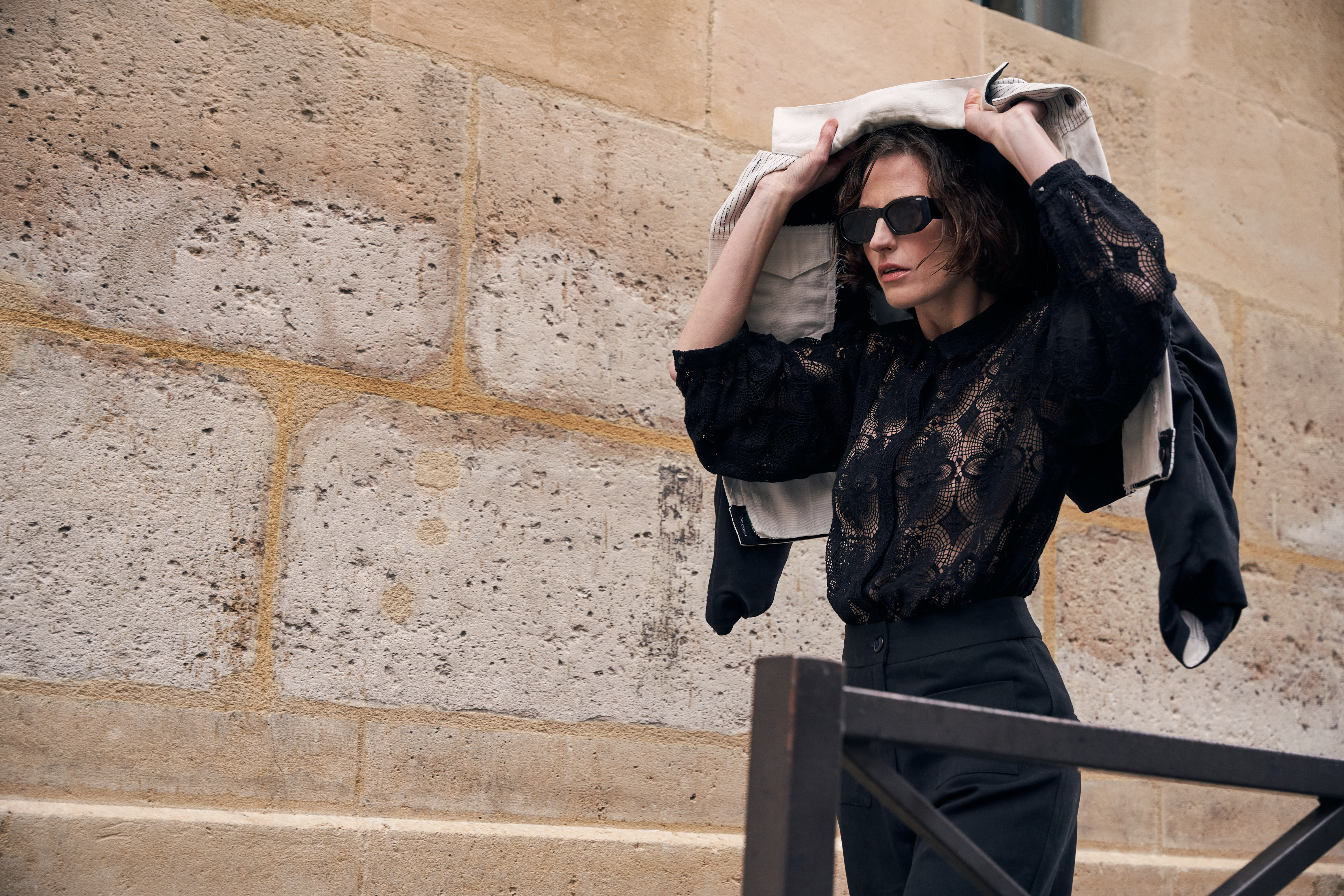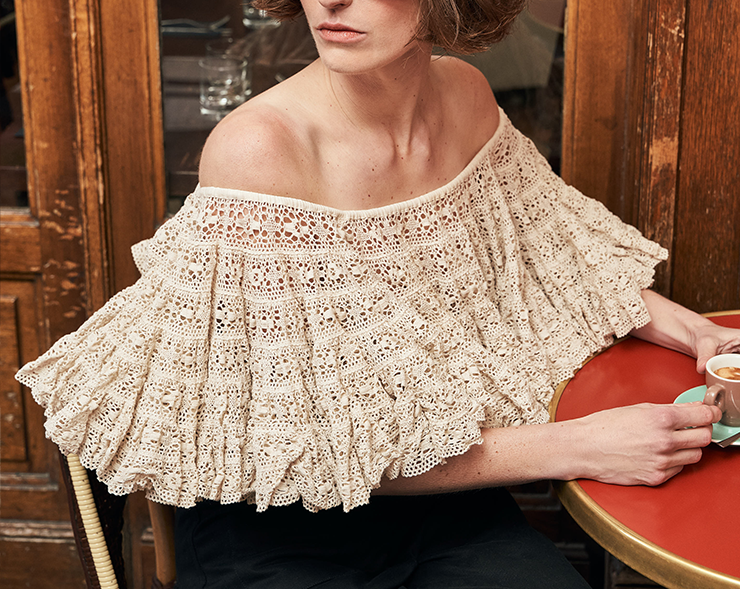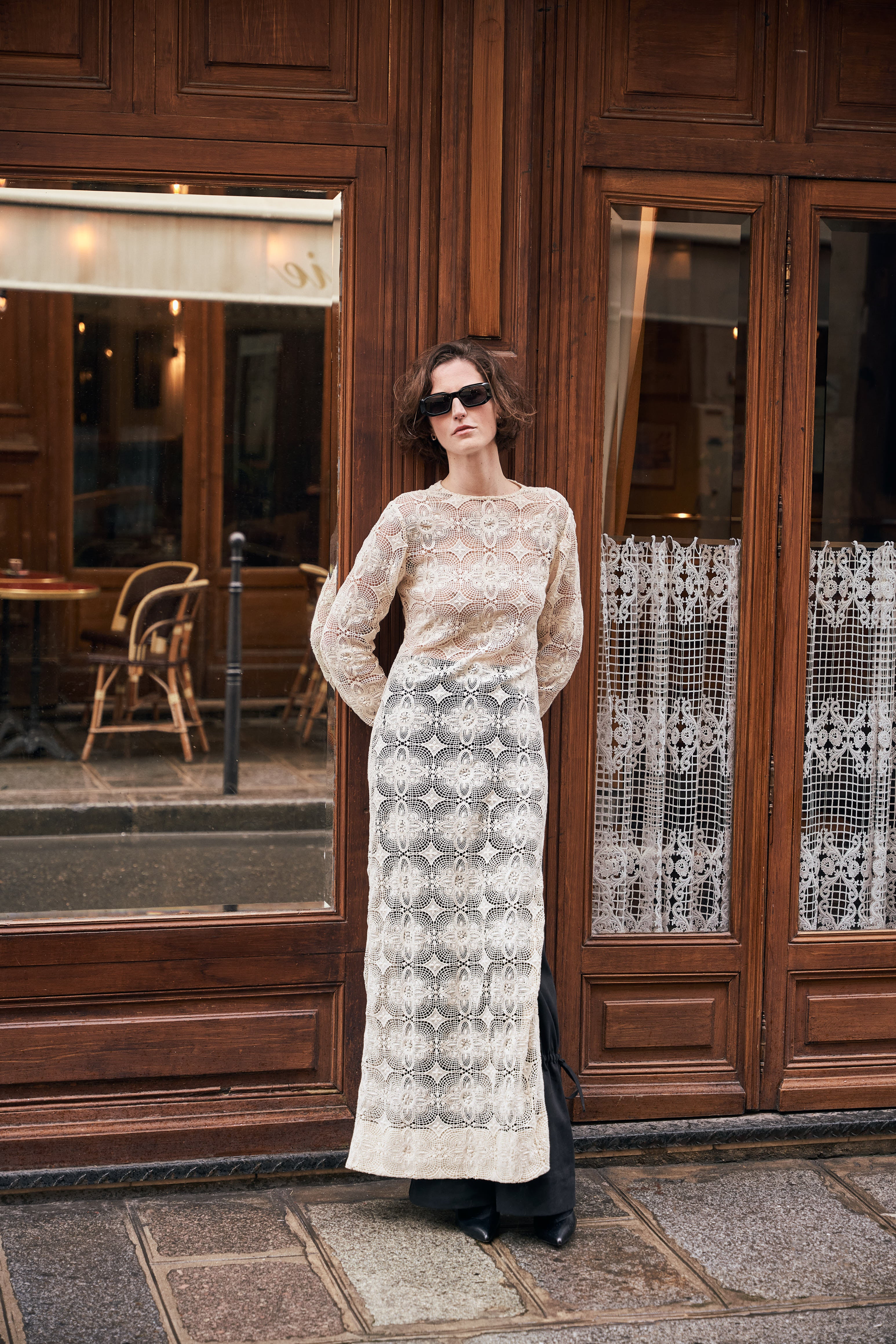 Dan Flavin, “Minimal”
Dan Flavin, “Minimal”
 Agnes Martin, White Flower, 1960
Agnes Martin, White Flower, 1960
In a world teetering on the edge of chaos, the exhibition at the Bourse de Commerce, Minimal, is a welcome respite, surprisingly. Minimal art, which emerged in the 1960s in reaction, in particular, to the emotionalism and subjectivity of America’s Abstract Expressionism, was a deflagration. The use of industrial material, the emotionally detached works, the absence of color, for the most part, the geometric forms - think of Carl André’s rectangles consisting of 120 colorless bricks on the floor or Dan Flavin’s neon tubes or Walter DiMaria’s Earth Room, a SoHo apartment entirely filled with soil - was revolutionary. Even if it had roots in the Bauhaus, Constructivism as well as the Dutch Stijl movement and even Japan’s Zen buddhist gardens, the shock of the new was brutal. Minimalism created a commotion across the entire art world.
Minimalism was also seen as a reaction to the relentless assault on the senses of modern urban life - traffic, advertising, the jumble of buildings, overcrowded streets, the multiplication of construction sites, the chaos of urbanization. Architect Mies van der Rohe’s motto “Less is more”, became the rallying cry of a new generation of artists across the globe.
 Nobuo Sekine, Phase of Nothingness - Water, 1969/2012
Nobuo Sekine, Phase of Nothingness - Water, 1969/2012
Today, the massive exhibition at the Bourse de Commerce seems exuberant - even though one would not associate Minimal art with this adjective -in its rich diversity. Minimalism had many strands - from Italy’s Arte Povera to Japan’s Mono-ha movement to Brazil’s sensuous neo-concrete movement; and also many incarnations, from Donald Judd to Robert Irwin, from On Kawara to Nancy Holt and Lee Ufan.
The Bourse de Commerce exhibition is presenting over 100 works from the movement when so many artists were experimenting with a radical approach to art. Along with Collection Pinault’s vast collection, Minimal features loans from the Dia Art Foundation, major institutions and collections.
“Characterized by an economy of means, pared-down aesthetics and a reconsideration of the artwork’s placement in relation to the viewer, artists across Asia, Europe, North and South America challenged traditional methods of display,” explains the Bourse de Commerce. This approach invited a more direct interaction with the art, integrating the viewer and the environment into the artwork itself. Viewers became one with the artwork and its environment, no longer simply an observer.
The influence of minimalism extended far beyond art. Music, dance, fashion, literature, architecture, even food were transformed by it. It changed the way we looked at the world around us.
The exhibition, curated by Jessica Morgan, Director of New York’s Dia Art Foundation, organized around 7 themes - Mono-ha, Light, Balance, Surface, Grid, Monochrome, Materialism - highlights the diversity of the movement around the world, grouped under one name, each enriching the understanding of the others.
If there was a time when minimal art was needed, it is now. Artists always see far into the future. Minimal reinforces this idea.
~Jean-Sébastien Stehli
 Robert Ryman, Untitled, 1961
Robert Ryman, Untitled, 1961
Minimal. Bourse de Commerce. Until January 19, 2026. pinaultcollection.com






